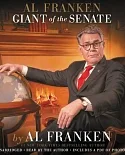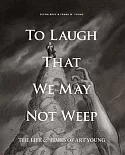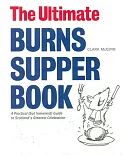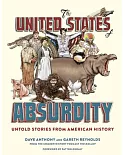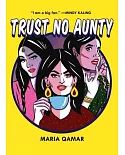Before World War II, farmers had few of the conveniences that were common in cities. Many farmers continued to milk cows by hand, pump water with windmills or gasoline engines, light their
way with kerosene lamps and lanterns, heat with woodstoves, and plant and harvest with horses. And many had no indoor plumbing. After war’s end in 1945, change on the farm came rapidly.
Electricity replaced lamps, lanterns, and gasoline engines. New tractors replaced horses. Hay balers made loose hay a memory. Grain combines replaced threshing machines. Not only was farm
work transformed from 1945 to 1955, but so was life on farms and in rural communities. Threshing, silo filling, and corn shredding bees, where farmers gathered to help each other, became
memories. Card games and neighborly visits were replaced by television. Young people left the land because mechanization required less labor. Large farms crowded out family farms. "Every Farm
Tells a Story" is a first-person account of a small Wisconsin farm during and after World War II. This ""living history"" is a collection of true tales inspired by entries in Jerry Apps’s
mother’s farm account books. The values recorded in the account books prompt recollections of his childhood and the traditional family farm values and ethics instilled in him by Ma and Pa.
About the Author: A professor emeritus of agriculture at the University of Wisconsin–Madison, author Jerry Apps has written more than 35 books, many of them on rural history and country life.
Recent titles include "When Chores Were Done" and "Humor from the Country." His writing has earned awards from the State Historical Society of Wisconsin, the Wisconsin Library Association,
and Barnes and Noble Booksellers, among others.





